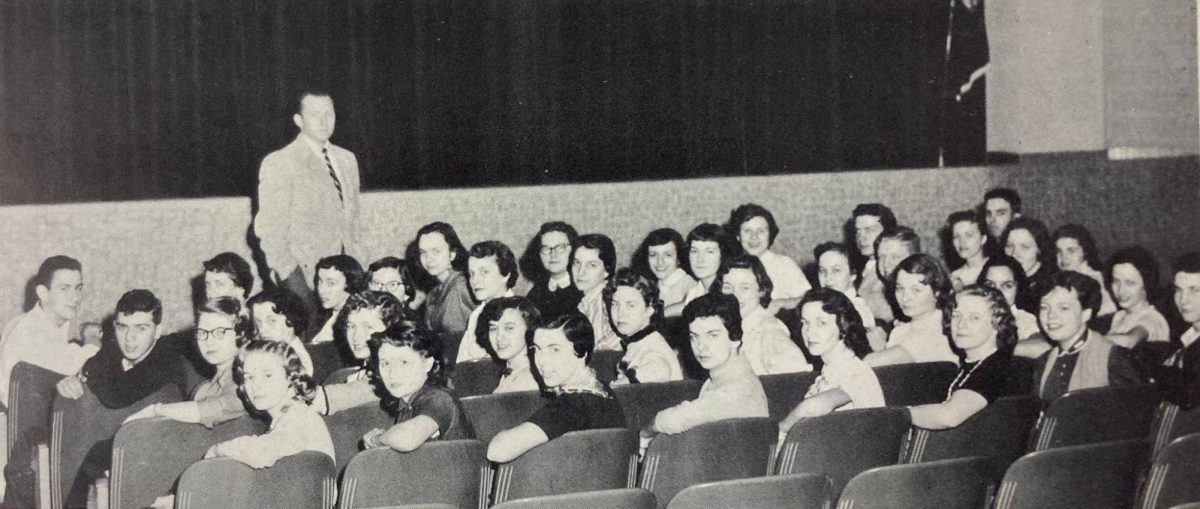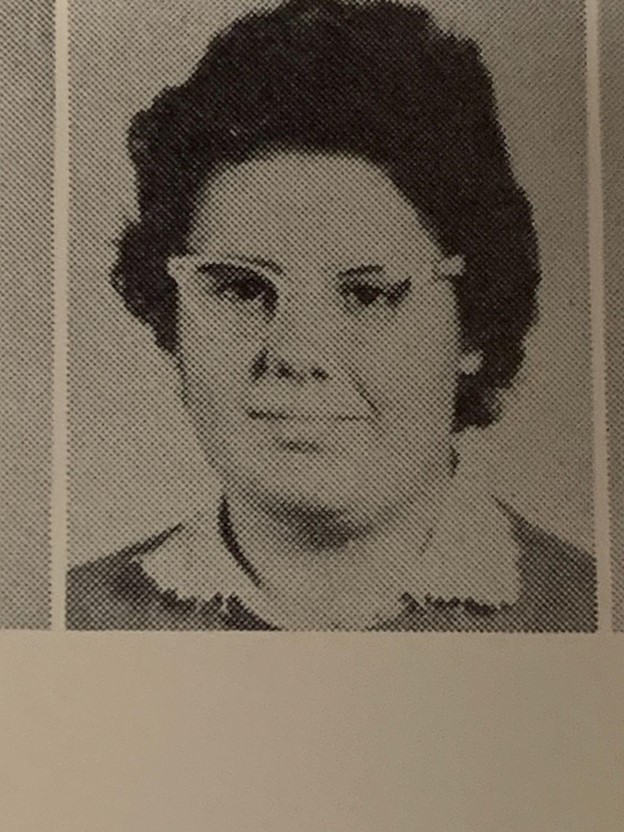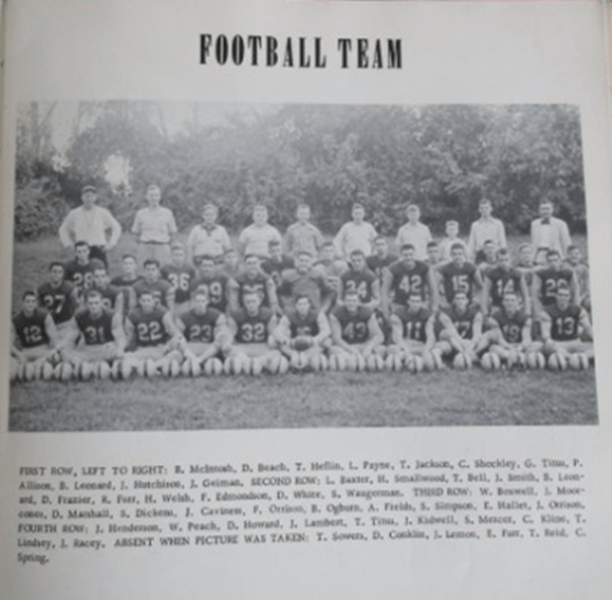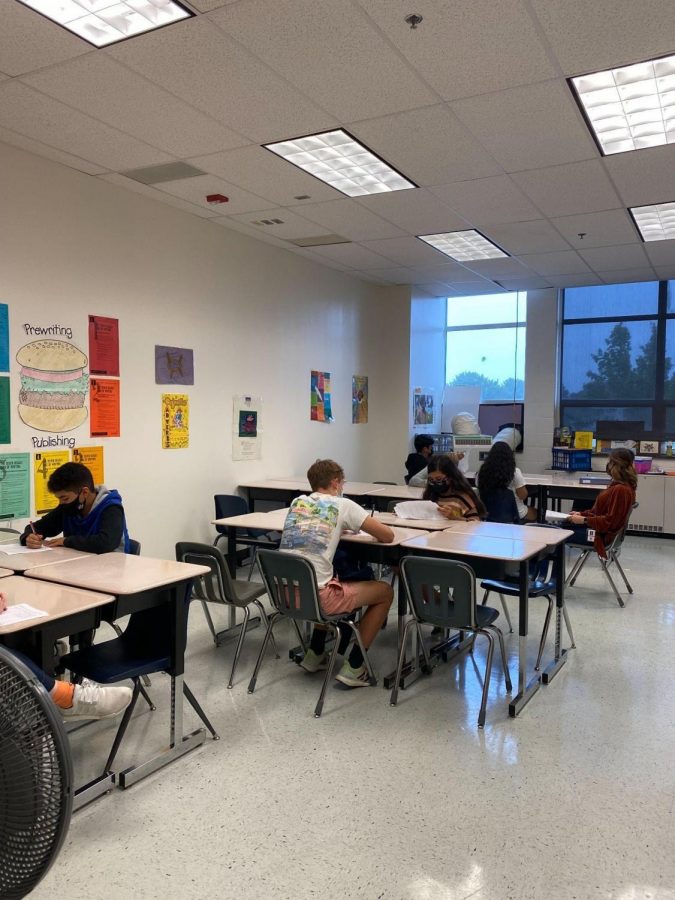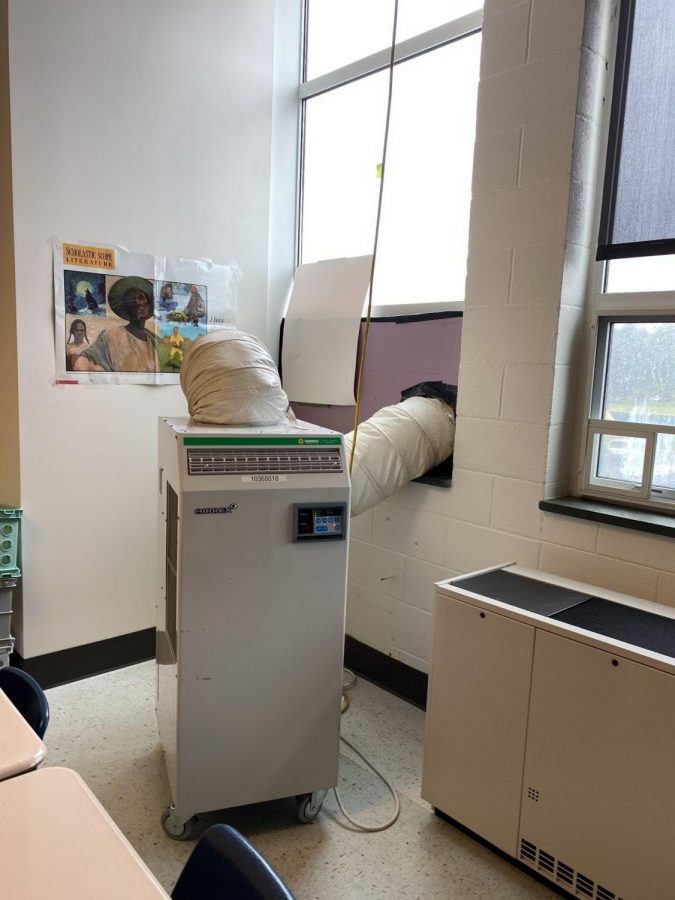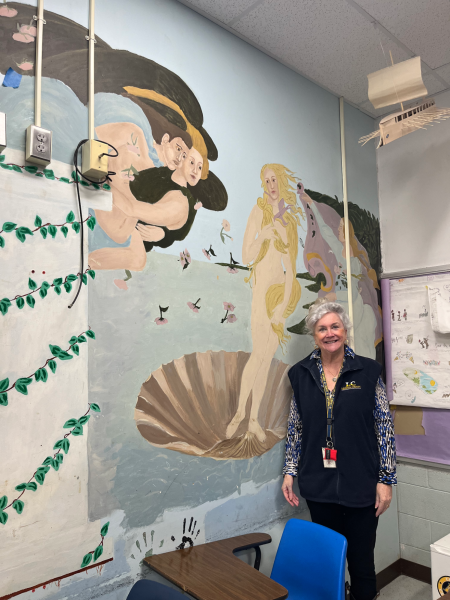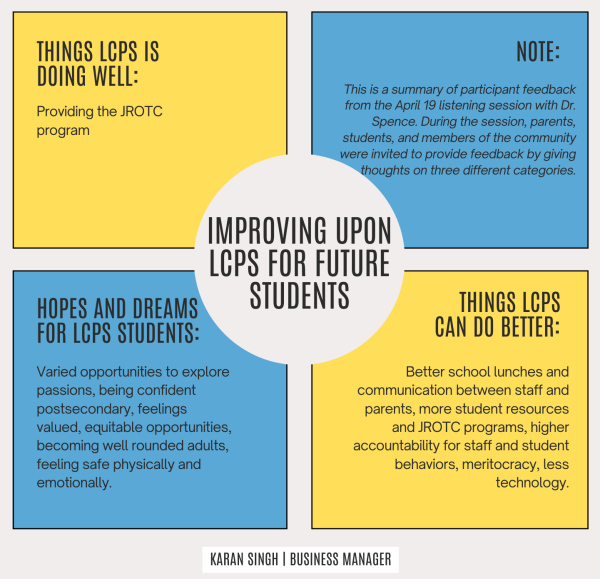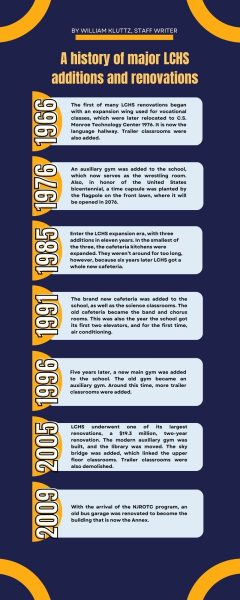Shrunken Classrooms and no HVAC: new school year faces many challenges
Students work hard on a packet in Jessica Goddard’s Academic World History class.They make the most of the limited space they have to complete their work.
With the start of a brand new school year upon us, change is already occurring all around the school, particularly, classroom sizes. In order to account for the number of students at school, the county decided to split four of our largest classrooms into two.
“We are the second largest over-capacitated school in the County. The County said we couldn’t build anymore, so we had to find a way to create more classrooms with our existing space,” said Assistant Principal Katie Post. “I believe that both Heritage and Tuscora are under capacitated, so in order to accommodate for the number of kids we have, they will eventually have to change the boundary lines because we keep building more housing developments.”
The school decided to choose the classrooms which had the most amount of space and already included two doors, one on either side. The decision was officially made before students came back to school for hybrid learning last year.
Teachers were told whether or not their class would move to one of these rooms before the summer break. In order to group departments close together, the World Language and English classes were chosen to move to these areas.
“We decided it was an opportunity to move departments and consolidate them so they could work together,” Post said. “Math, Science, and History have always had their own hallways and spaces, so it was really a move to get these other departments to finally be together.”
However, the school has had several struggles with creating these new rooms. “It’s much smaller than my previous room, it hasn’t been fully painted, and the air conditioning doesn’t work, so it has been a tough adjustment,” said Spanish teacher Matthew Landers.
Because the rooms were split in half, they had to take out the AC units that used to be right in the center of the old rooms.
“We haven’t been specifically told when they will fix the AC,” Landers said. “It’s just one of many challenges associated with being in an older school, but we are learning to work with it.”
These classes were given temporary air conditioning units until the AC was fixed. “They are very loud and make it difficult to speak and to listen to others, in addition to the masks,” Landers said.
Landers sometimes has to turn off this unit when he wants to have conversations with his students and be heard as well as hear them clearly. “I can only keep it off for about five minutes before it becomes too hot,” Landers said.
Besides Landers, other teachers have also struggled with the transition to a smaller classroom. “I don’t mind the classes being split, the thing that frustrates me is the lack of finishing the job and the delay in construction,” said English teacher Beth Williams.
The temporary AC has also been a source of stress for Williams in her classes. “When they first brought in the new AC, it would blow fuses and we would not have power in this room,” Williams said. “Now, there is an extension cord attached to them that runs up in the ceiling under the ceiling tiles and comes out on the other end of the room, which I’m pretty sure is an issue.”
The school just brought in a new permanent AC unit for Williams’ room and the other rooms as well, but they have yet to install them.
“When I walked in this morning it was sitting here, but they told us these were supposed to be installed last Friday, so I don’t know when they are going to hook it up,” Williams said on September 20th.
“It is extremely frustrating for everyone. We haven’t been told when the county is going to send people in to fix it, but we remind them on a daily basis,” said Assistant Principal Kristyn Inman.
In some of Williams’ classes, every desk is taken up by a student in the room. “It’s a tight squeeze for sure, and some students who are sitting in a certain cluster of desks aren’t able to see the board,” Williams said.
The PA systems are also not installed yet, so teachers cannot hear any announcements in these rooms. “There have definitely been some frustrations and growing pains that have come along with this change,” Post said.
Landers tends to agree. “It is what it is, but it would be nice to see some equity from the newer schools and have a more equal playing field,” Landers said.
“We are aware of the problems and hope to get them fixed soon, this is just something we have to deal with while working in an older school and despite these issues, this change has overall caused a lot of beneficial movement for the departments, teachers, and kids,” Post said.
Even though these departments have faced many problems with the transition, the Spanish department decided to work hard in order to make it comfortable for students and Landers worked with fellow Spanish teacher Bryan Boeing to spice up their room.
“My old students painted the ceiling tiles in our old classroom with flags and other designs for my classes to see, so we decided to move these tiles into our new room,” Landers said.
Boeing and Landers removed all of the ceiling tiles and replaced them right before school started. “We wanted to bring that old environment to the new room,” Landers said.
“The classroom does not necessarily make up the class, it’s the students that make the class, so it doesn’t matter where I teach if the kids make it worthwhile,” Landers said.



